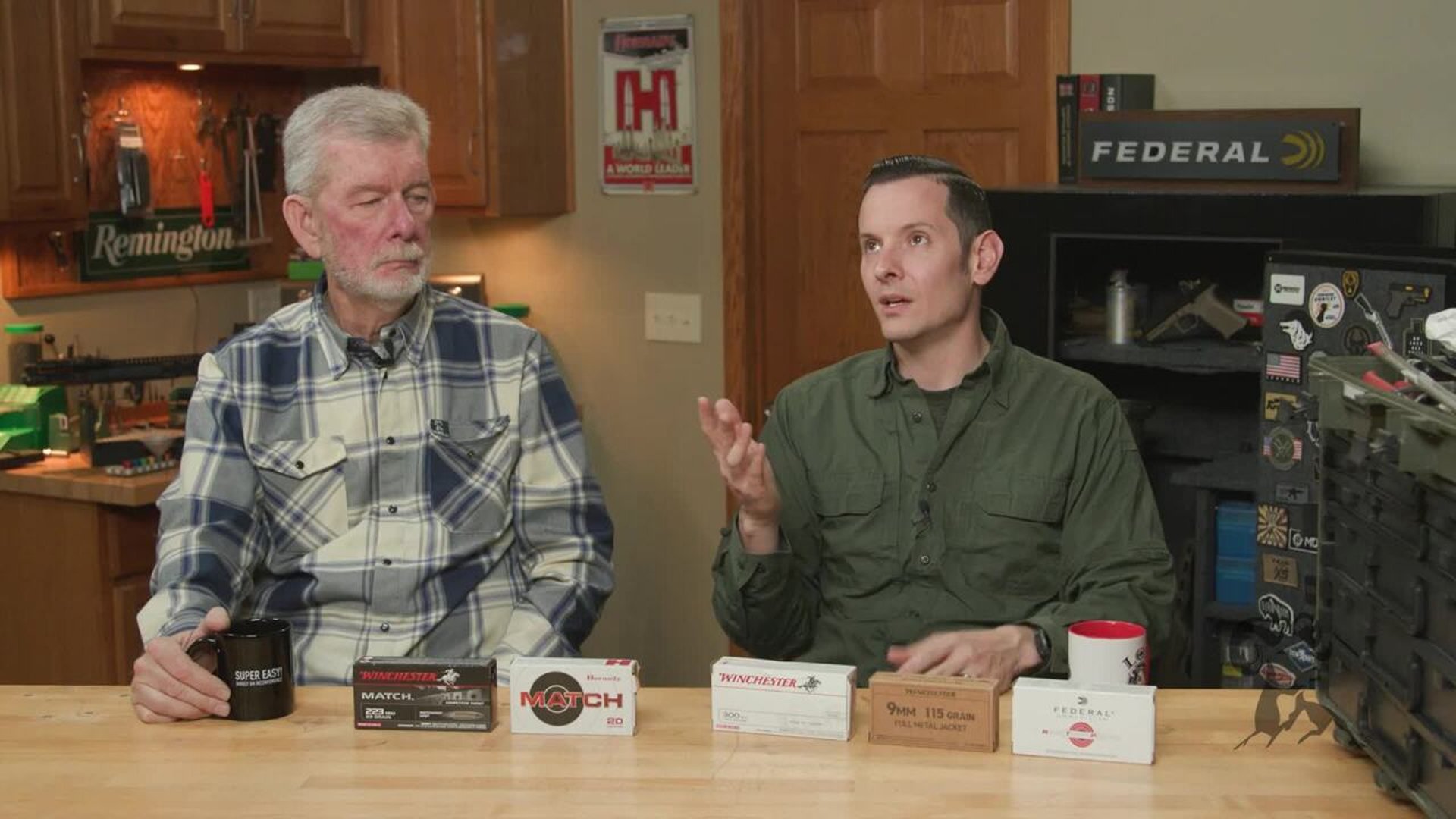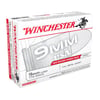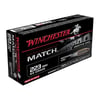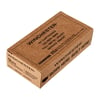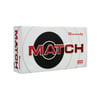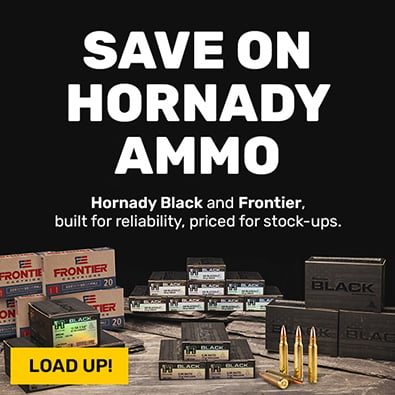Quick Tip: Match Ammo vs. Bulk Ammo
In this episode, the Brownells team tackles common questions about training with range ammo versus using high-end match or defensive loads. They break down why match-grade ammo costs more—highlighting its superior components, tighter manufacturing tolerances, and consistent performance—and explain that while it’s ideal for precision and competition, it won’t make a poorly performing gun suddenly accurate. The hosts emphasize the importance of matching bullet weight to barrel twist rate and reassure viewers that training with cheaper ammo is perfectly fine.
What You Will Learn
Viewers will learn the key differences between match-grade and range ammunition, including why match ammo costs more and when it actually matters. They'll also get practical advice on how to train effectively without overspending, including tips on matching ammo to their firearm's twist rate and when to use premium loads.
Benefit
The benefit of watching this video is that it helps shooters make smarter, more cost-effective decisions about ammo for training, competition, and self-defense. You'll gain a clearer understanding of when premium ammo is worth the investment—and when it's not—so you can get the most out of your range time without wasting money.
What Are We Talking About?
We sell a lot of ammo, and we constantly hear people asking:
- Should I train with cheaper range ammo or stick with the expensive stuff I plan to use in competition or self-defense?
-
Why does match ammo cost so much more?
-
Does it even matter at shorter distances?
These are great questions—and the answers aren’t always black and white.
Why Match Ammo Costs More
Let’s start with what makes match ammo different.
It comes down to consistency and quality of components. Match-grade ammunition is usually made with:
- Carefully selected brass, often weight-sorted
-
Match primers that deliver more uniform ignition
-
High-quality bullets like Sierra MatchKings, which are designed for better ballistic performance
-
More consistent powder charges and tighter tolerances overall
Take the Winchester 69-grain Match .223, for example. It uses Sierra MatchKing bullets, which are boat-tail hollow point designs with low drag and high ballistic coefficients. That means better flight characteristics and tighter groups—especially at distance.
Match ammo is also test-fired more extensively. It has to perform well—consistently—often through bolt-down test guns. If a batch doesn’t meet spec, it doesn’t get shipped.
Will Match Ammo Make a Bad Gun Shoot Better?
Here’s the thing: match ammo can’t magically fix an inaccurate gun.
Say you’ve got two AR-15s. Both shoot 55-grain range ammo. One gives you tight groups, the other shoots twice as wide.
If you throw match ammo into the second gun, don’t expect it to suddenly start printing tiny holes. The gun itself has to be capable of accuracy in the first place for you to get the full benefit of match-grade ammo.
Twist Rates and Bullet Weight
Another factor is barrel twist rate.
Match bullets are usually heavier—like 69 or 77 grains—which means they often require faster twist rates (like 1:7 or 1:8). Lighter bullets, like 55 grain, don’t always like a fast twist and can actually group worse.
So make sure your ammo matches your barrel’s twist rate if you want the best results.
Do You Need to Practice with Expensive Ammo?
Here’s a common question: If I carry defensive ammo or shoot competitions with match loads, should I only practice with that ammo?
Short answer: Nope.
Even we don’t do that. It's way too expensive, and for most training purposes, it's not necessary.
Caleb explains that he often trains with cheaper ammo or even handloads that mimic his match loads. If those practice rounds aren’t quite as accurate, that’s actually a benefit—he has to work harder. Then when he switches to the good stuff for competition, he sees better results.
How Much Should You Shoot?
If you’re trying out a new defensive load, it’s smart to run a box or two through your gun to confirm function and reliability.
But once you know it works, don’t burn through your whole stash at the range. Use affordable range ammo like:
- Winchester White Box
-
Winchester brown box military-style loads
-
Any other bulk target ammo that’s reasonably accurate
At self-defense distances, you won’t notice much difference between match and range ammo anyway. And if your goal is practice, shooting more rounds matters more than what exact ammo you use.
The Bottom Line
Here’s what it boils down to:
- Match ammo is great for precision shooting and competition, especially at longer ranges.
-
Range ammo is ideal for training, plinking, and getting more reps without breaking the bank.
-
Match ammo won’t fix an inaccurate gun.
-
You don’t need to practice exclusively with premium loads—use your resources wisely.
Shoot more. Train smarter. Save the expensive stuff for when it really matters.
If you’ve got questions or want help choosing the right ammo for your setup, don’t hesitate to call the Brownells Tech Line. We’re always here to help.
Thanks for watching, and we’ll catch you next time.
match ammo vs range ammo, match grade ammunition, bulk ammo training, Brownells ammo tips, AR-15 match ammo, practice ammo vs defensive ammo, 223 match vs 55 grain, shooting accuracy tips, ammo selection guide, training with cheap ammo, twist rate and bullet weight, Brownells Tech Tip, competition shooting ammo, self defense ammo training




